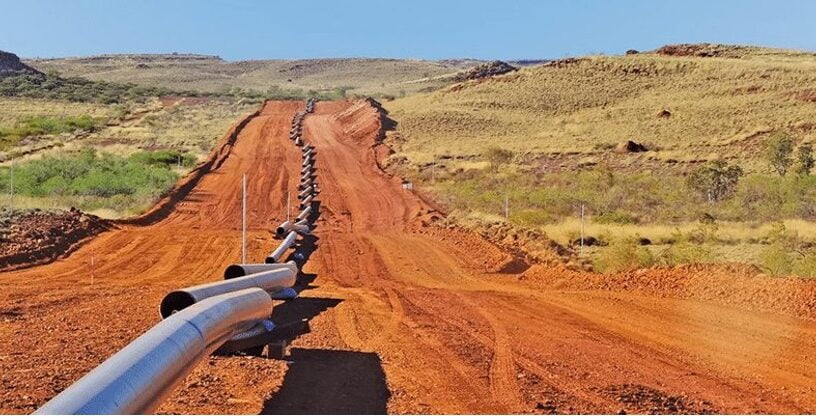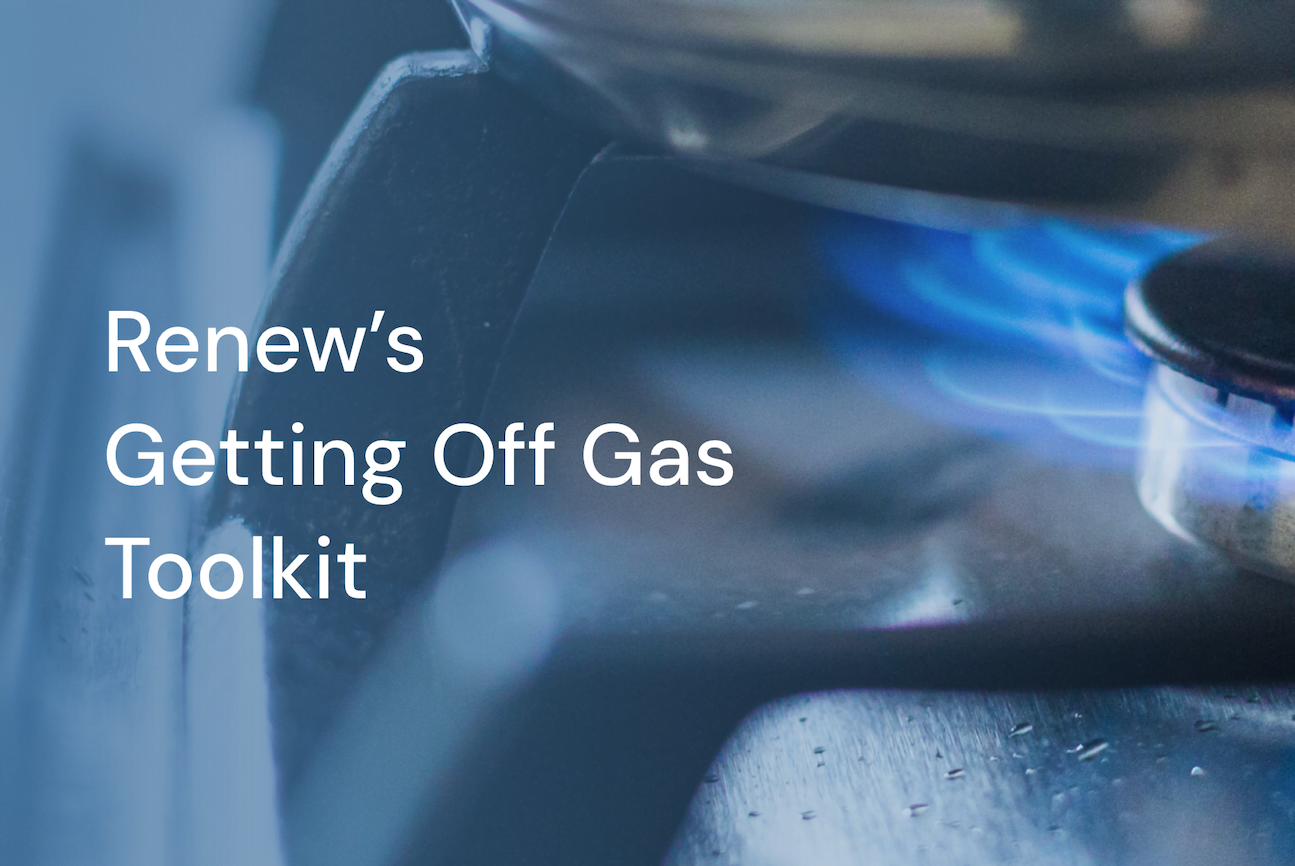Electrification remains top priority as predicted gas shortfalls hit southern states

The 2024 Gas Statement of Opportunities was released this week by AEMO, the Australian Energy Market Operator. The report outlined the potential shortfalls in domestic gas supply in coming years unless we drastically reduce demand. Without changing our current patterns whereby consumption is set to increase by 2% for the next five years, winter shortages will affect residents, particularly in the South-East.
This is due in part to the drying up of the Gippsland Basin gas fields in Bass Strait that have long provided up to two-thirds of southern states’ gas demand, while massive volumes of production from Queensland’s gas fields are locked into long-term export contracts.
Australia is one of the world’s largest producers of gas, but the southern states are looking at seasonal shortages if we don’t drive down our gas use. A critical opportunity to reduce gas demand lies in electrification and more efficient energy use across the residential and small business sectors.
Although the AEMO forecast for residential gas consumption has been revised down due to reductions in per household consumption in 2023, our consumption change will continue to be incremental unless we rapidly expand access to the benefits of electrification.
We could have been working towards this for some time. In 2020, Environment Victoria undertook modelling to predict the potential shortfall of gas supply for Victoria and found that gas demand reduction measures like home energy retrofits, electrification, and better industrial energy efficiency would avoid a gas supply shortfall without the need for new gas projects.
There has been important progress towards getting homes off gas, and there are good reasons for households to make the switch as soon as possible. The growing trend towards high density developments reduces individual household footprints; rising gas prices act as an immediate and future incentive; and the availability of low cost, high efficiency electric alternatives all mean the prospect is positive for rapid growth in all-electric homes.
Important policy measures to limit household gas demand are now in place in Victoria and the Australian Capital Territory, including a ban on gas connections for most new developments. While these policies are expected to increase the rate of electrification of residential and/or commercial customers, other states are yet to follow suit. This means that any potential savings are undermined by the ongoing desperate need for housing across the country, of which developments continue to succumb to incentives provided by gas pipeline operators for new connections as their portion of the residential market starts to decline.
Given that other states may take some time to follow suit, AEMO anticipates that the gas use per connection will continue to decline, as appliances that have traditionally used gas improve their efficiency or are replaced with alternatives. Given we know the best thing we can do is continue to push for more accessible retrofits and all-electric new builds to reduce gas demand, we are calling for greater investment into electrification to relieve pressure on a transitioning energy system that could leave some Australians out in the cold.
Looking at the drivers and levers that can be pulled to circumvent the likely shortfall, calls for speeding up the transition towards efficient electric appliances and more thermally efficient housing remains the smartest, most cost effective measure to ensure we all continue to live comfortably and healthily as the big energy landscape will continue to shift in the not-so-distant future.


